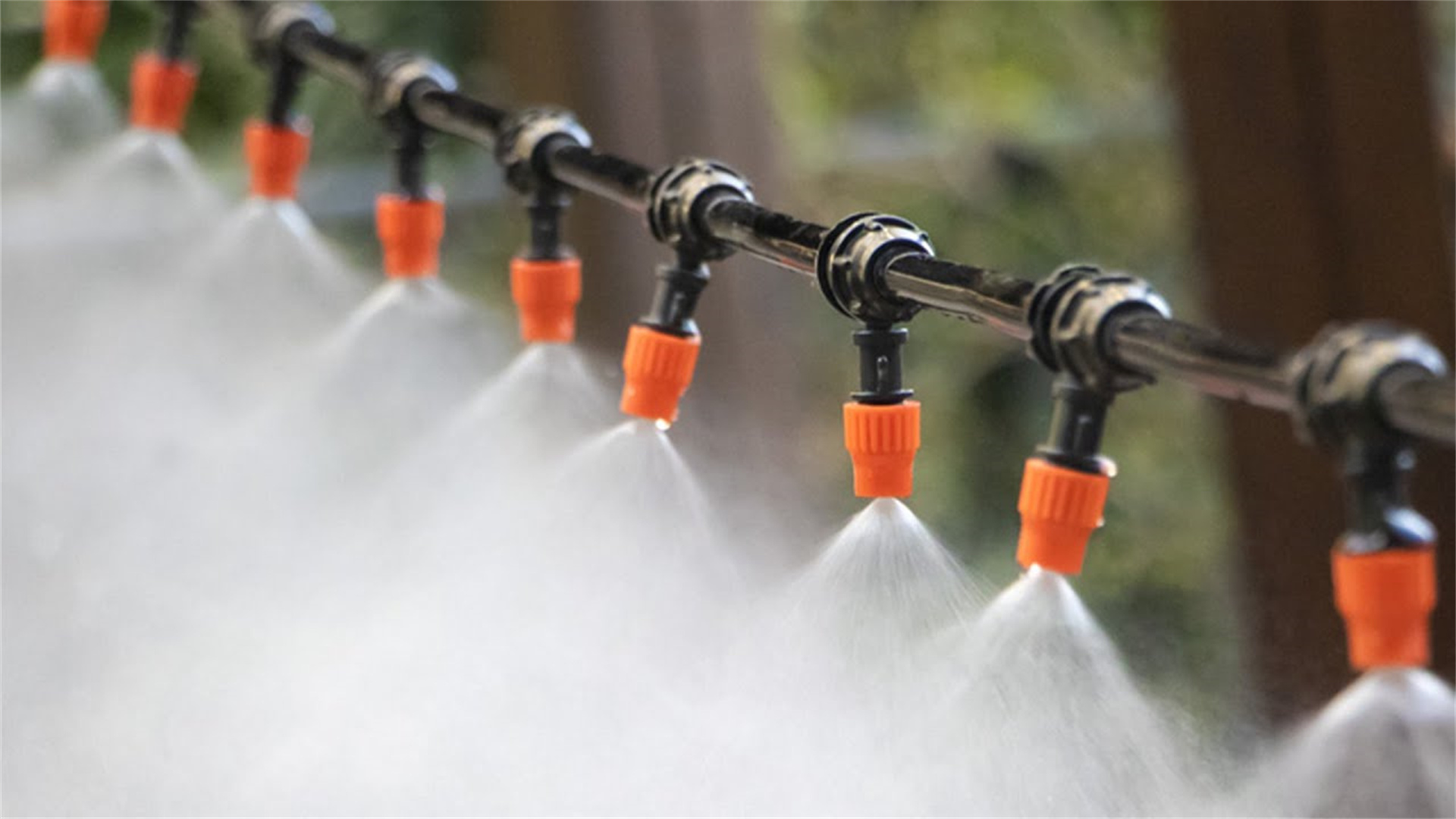10 Key Ways to Keep Plants Thriving in Winter
Winter casts a unique set of challenges upon the plant kingdom, be they nestled within the cozy confines of our homes or braving the elements outdoors. The days grow shorter, temperatures take a nosedive, and the air becomes parched, collectively creating a harsh environment for plant life. Without proper care and attention, plants can quickly wither away or succumb to the winter's icy grip, a predicament that many plant enthusiasts have faced at least once in their gardening journeys.
So, how can we ensure that our leafy friends enjoy a warm and comfortable winter, much like we humans do? Let's embark on a journey to discover the necessary steps and preparations that can help our plants not only survive but also flourish during the cold season. Here are ten crucial tips to guide your plants through the colder months.
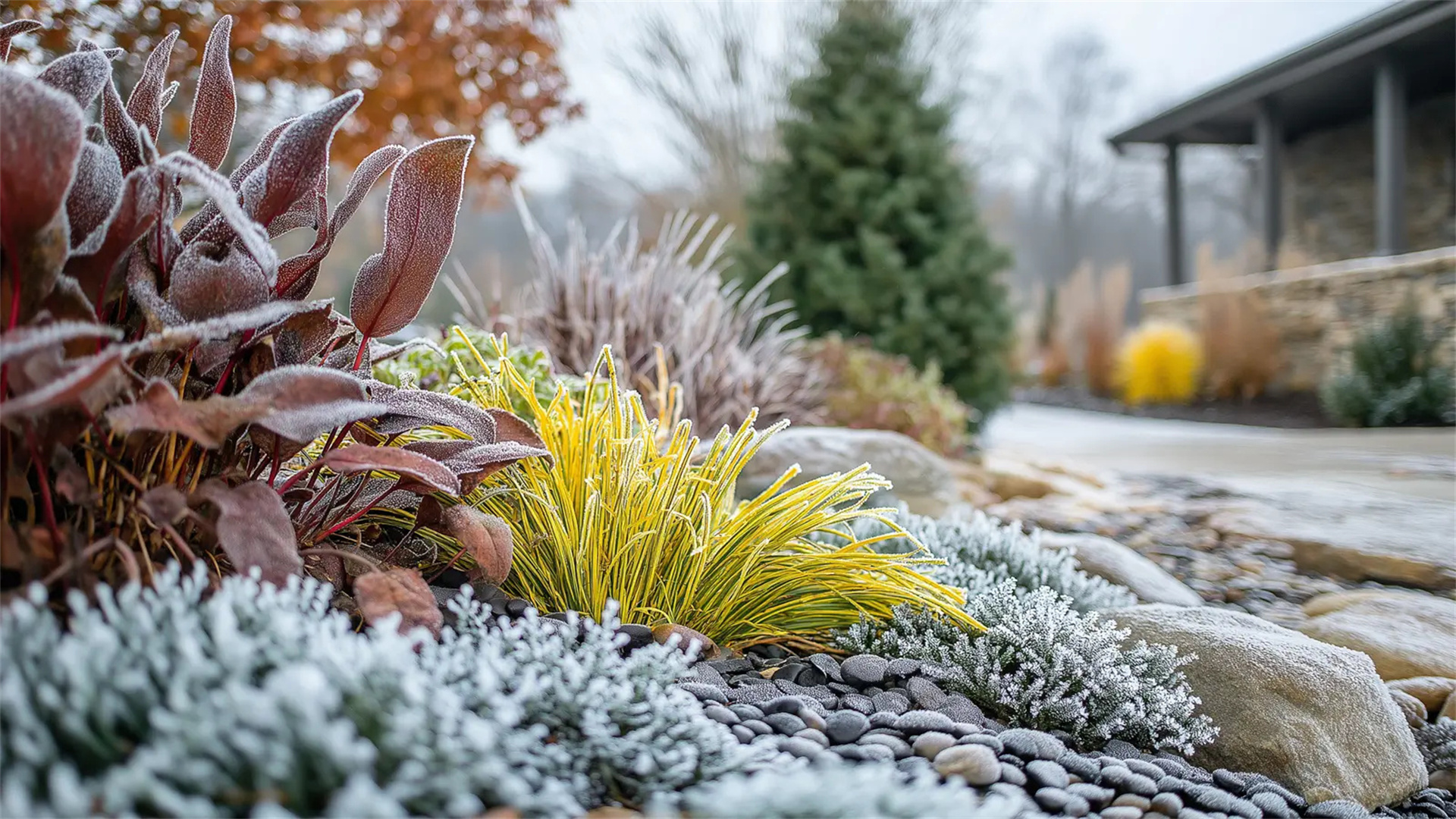
1. Understand Your Plants' Requirements Inside Out
The cornerstone of effective plant care lies in understanding the unique habits and needs of each individual plant. Neglecting this crucial step can lead to a series of misguided efforts that may ultimately harm rather than help your plants. Some plants, such as the resilient evergreens, are well-adapted to withstand freezing temperatures, their hardy nature allowing them to thrive in the harshest of winters. On the other hand, tropical plants and succulents are more delicate creatures, requiring the warmth and stability of an indoor environment to survive.
To gain a comprehensive understanding of your plants' needs, conduct thorough research on their hardiness zones. These zones provide valuable information about the range of temperatures a plant can tolerate, helping you determine whether it's suitable for outdoor winter survival or if it needs to be brought indoors. Additionally, familiarize yourself with their watering requirements and light preferences. Some plants may prefer consistently moist soil, while others thrive in drier conditions. Similarly, the amount of light a plant needs can vary greatly, from full sun to partial shade. By customizing your care regimen to suit each plant's specific needs, you can create an environment that promotes their health and vitality.
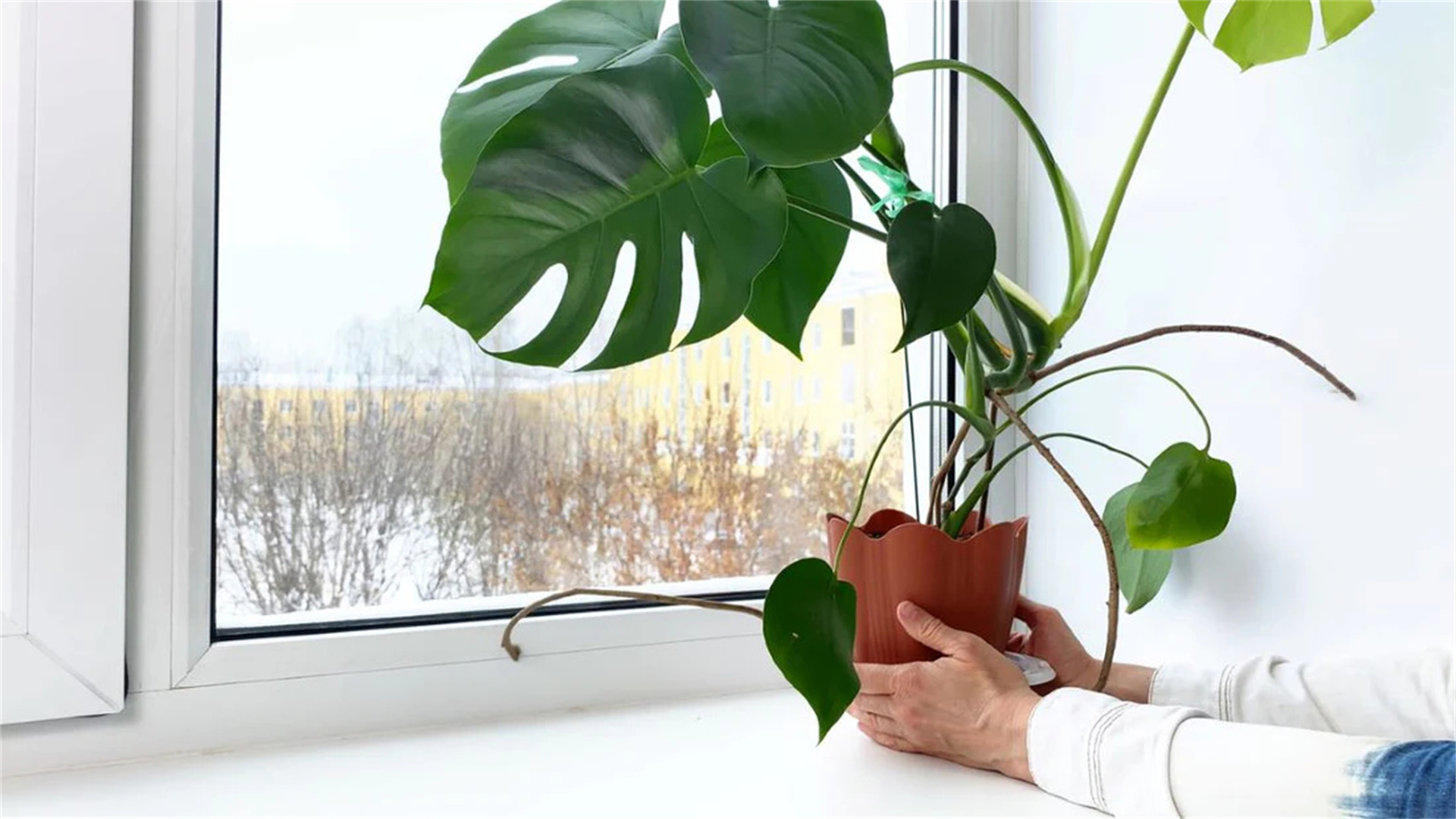
2. Modify Your Watering Routine for Winter Conditions
As winter sets in, plants experience a natural slowdown in their growth rate. This reduced metabolic activity means they require less water than they do during the warmer months. Overwatering becomes a prevalent mistake during this time, as the excess moisture can lead to root rot, a condition that can be fatal to plants.
Before reaching for the watering can, always check the soil moisture level. Insert your finger about an inch into the soil; if it feels dry, it's time to water. Allow the top inch of the soil to dry out completely before adding more water. For outdoor plants, it's advisable to water them thoroughly before the first frost arrives. This helps the roots retain moisture during the dormant period, providing them with the necessary hydration to withstand the cold. However, be cautious not to overwater, as frozen soil can prevent proper drainage, leading to waterlogged roots.
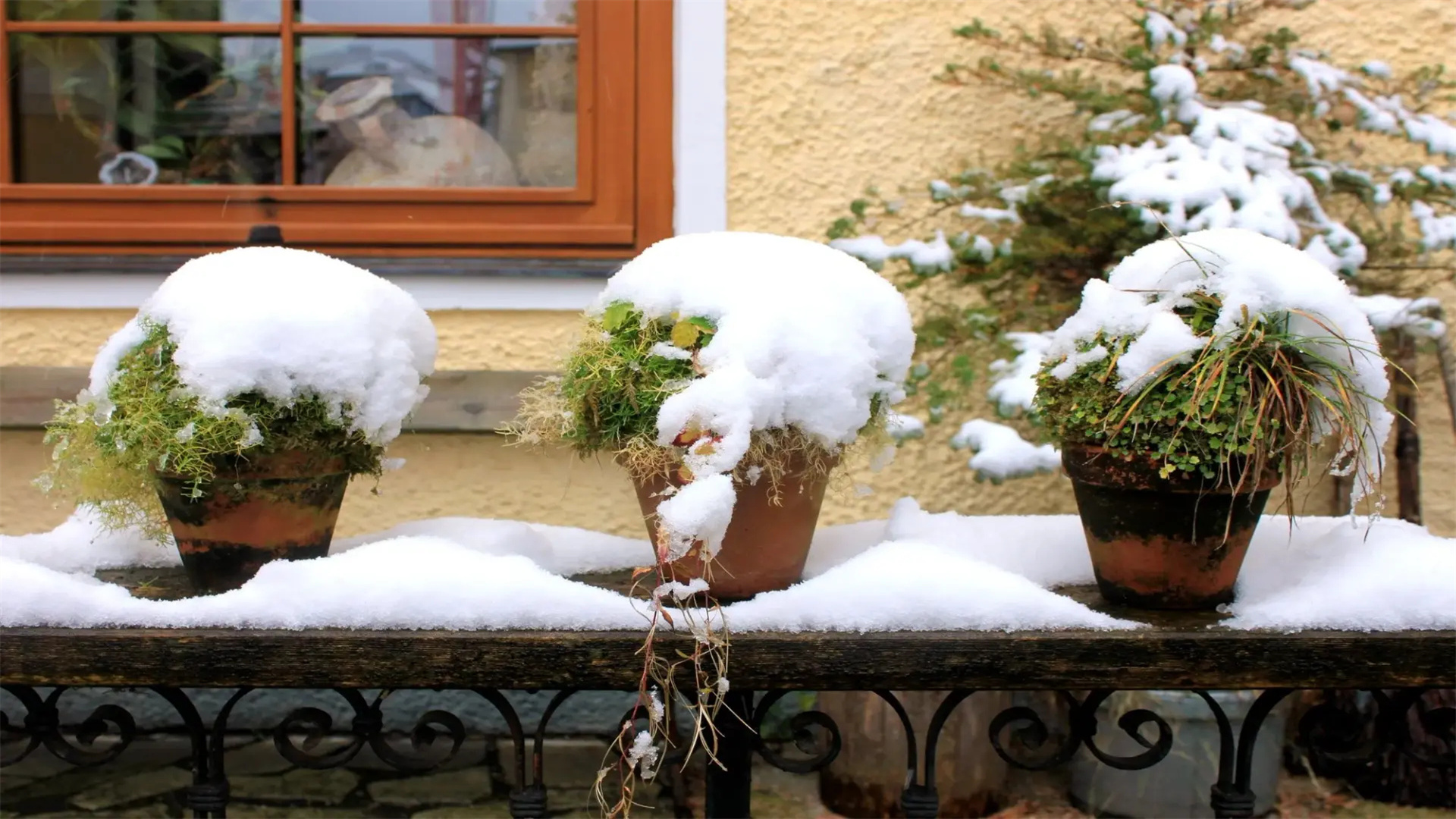
3. Optimize Light Exposure to Combat Winter Gloom
One of the most noticeable changes that winter brings is a significant reduction in sunlight. The shorter days and lower sun angle mean that plants receive less light, which can have a detrimental effect on their growth and health. Insufficient light can cause plants to stop growing or even become unhealthy, with leaves turning pale or yellow.
To maximize light exposure for indoor plants, position them near south-facing windows, as these receive the most sunlight during the day. Additionally, clean your windows regularly to ensure that the maximum amount of light can penetrate through. Dust and grime on the windows can block sunlight, reducing the amount of light that reaches your plants. If natural light is inadequate, consider investing in grow lights. These artificial lights come in various types, such as fluorescent, LED, or high-intensity discharge (HID) lights, and can supplement the natural light, providing your plants with the necessary spectrum of light for photosynthesis. They are especially beneficial for light-loving plants like succulents, cacti, and flowering plants.

4. Shield Outdoor Plants from Frost's Icy Grip
Identifying which of your outdoor plants can withstand the winter conditions and which cannot is crucial for their survival. Whenever possible, move the more delicate plants to a sheltered location, such as a garage, shed, or under a porch. These areas provide protection from the harsh winds and extreme temperatures, reducing the risk of frost damage.
Don't make the assumption that all plants are naturally resilient enough to endure harsh weather. Frost can cause severe damage to leaves, stems, and even roots, leading to plant death in some cases. To provide insulation for the roots, add a layer of mulch around the base of the plants. Organic mulches like straw, wood chips, or leaves can help retain soil moisture and regulate soil temperature, protecting the roots from freezing. You can also use frost covers, burlap, or even old bedsheets to protect the plants during freezing nights. These materials act as a barrier, trapping heat and preventing frost from settling on the plants. For potted plants, consider relocating them to a more protected area, like a garage or porch, during periods of extreme cold. If moving them indoors is not an option, wrap the pots in insulating materials like bubble wrap or old blankets to provide additional protection.

5. Ensure Stable Indoor Temperatures for Plant Comfort
If your indoor heating system keeps the temperature consistently high, plants may lose moisture at a faster rate through transpiration. In such cases, you'll need to adjust your watering frequency accordingly, increasing the amount of water you provide to compensate for the increased moisture loss.
Avoid placing plants near heating vents, radiators, or drafty windows, as these areas can cause temperature fluctuations that are harmful to plants. Sudden changes in temperature can stress plants, leading to leaf drop, wilting, or even death. Instead, keep them in rooms with stable temperatures, ideally ranging between 60–75°F (15–24°C). This temperature range provides an optimal environment for most indoor plants, allowing them to thrive without the stress of extreme temperatures. If plants are placed near windows, consider adding insulation or curtains to prevent cold drafts from affecting them. Drafts can cause the temperature around the plants to drop significantly, leading to cold damage.

6. Boost Humidity Levels to Combat Winter Dryness
The dry air that characterizes winter can be particularly harsh on plants, especially tropical varieties that are accustomed to humid environments. Low humidity levels can cause leaves to dry out, become brittle, and even drop prematurely.
To increase humidity levels, you can use a humidifier, which adds moisture to the air. There are various types of humidifiers available, such as cool mist, warm mist, and ultrasonic humidifiers, each with its own advantages and disadvantages. Choose a humidifier that suits your needs and the size of your room. Another effective method is to place a tray filled with water and pebbles under the pots. As the water evaporates, it creates a more humid microenvironment around the plants. Make sure the bottom of the pots is not sitting directly in the water, as this can lead to overwatering. Grouping plants together can also have a similar effect, as plants release moisture through transpiration, increasing the humidity around them. Additionally, you can regularly mist your plants with a spray bottle. However, be cautious not to overdo it, as excessive moisture can encourage the growth of mold and fungi, which can be harmful to plants.
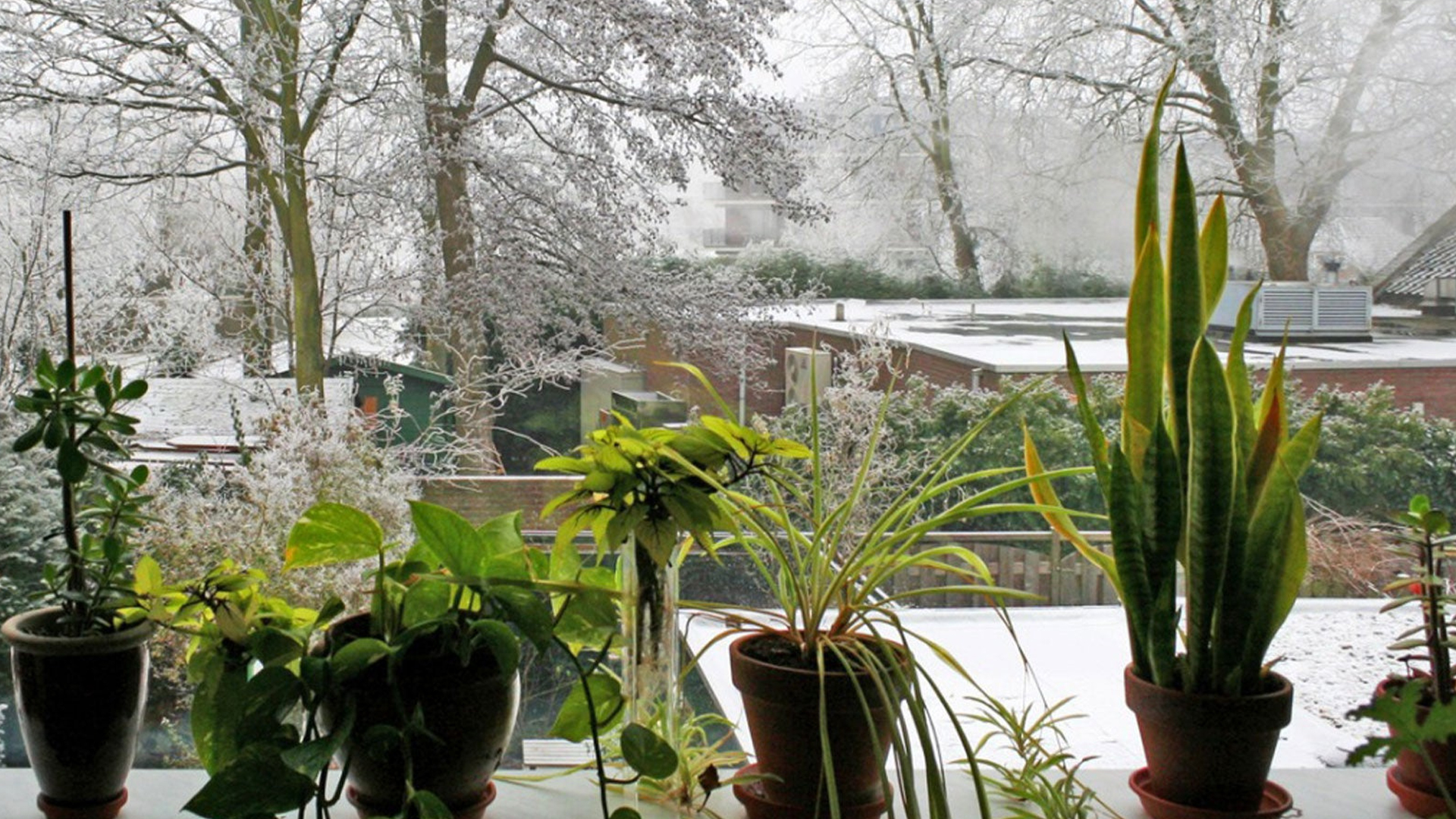
7. Prune with Care to Maintain Plant Health
While winter is not the ideal time for extensive pruning, light trimming can be beneficial for maintaining plant health. Pruning helps remove dead or diseased leaves and branches, preventing the spread of pests and diseases. It also promotes air circulation and light penetration, which are essential for plant growth.
When pruning, use clean, sharp pruning shears to make clean cuts. Avoid tearing or crushing the branches, as this can cause damage to the plant. For outdoor plants, it's best to wait until late winter or early spring to prune them. Pruning at this time will stimulate new growth at the appropriate season, as the plant is emerging from its dormant period. However, if you notice any dead or diseased branches during the winter, remove them immediately to prevent the spread of problems.
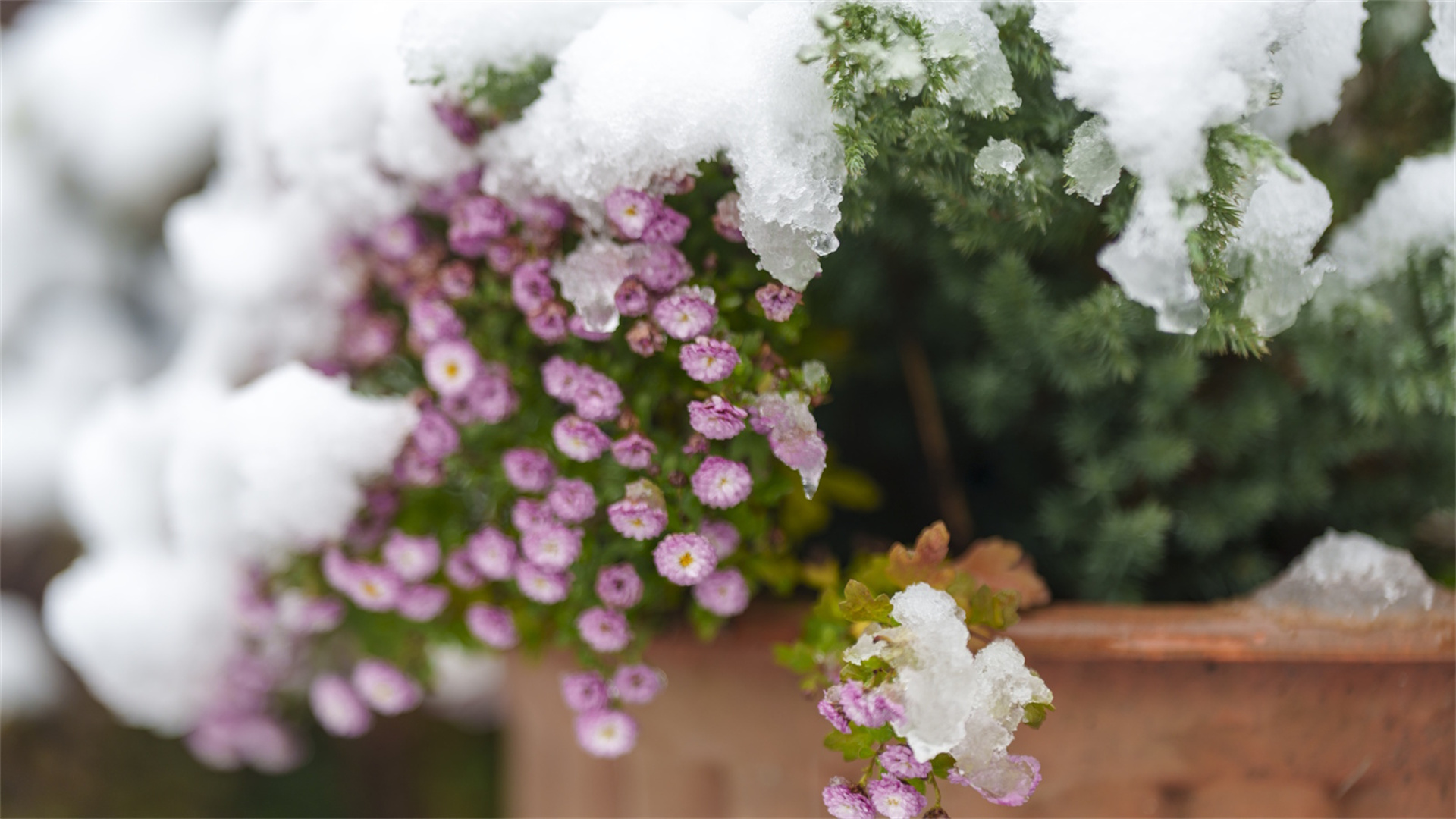
8. Rotate Your Indoor Plants Regularly for Balanced Growth
Plants have a natural tendency to grow towards the light source, a phenomenon known as phototropism. This can result in uneven growth, with one side of the plant becoming longer and weaker than the other. Over time, this can lead to a lopsided appearance and reduced overall health.
To prevent this, rotate your indoor plants every few weeks. This simple act ensures that all sides of the plant receive equal amounts of light exposure, promoting even growth and preventing the plant from becoming weak on one side. When rotating, turn the plant a quarter or half turn each time, depending on the size of the plant and the intensity of the light source.
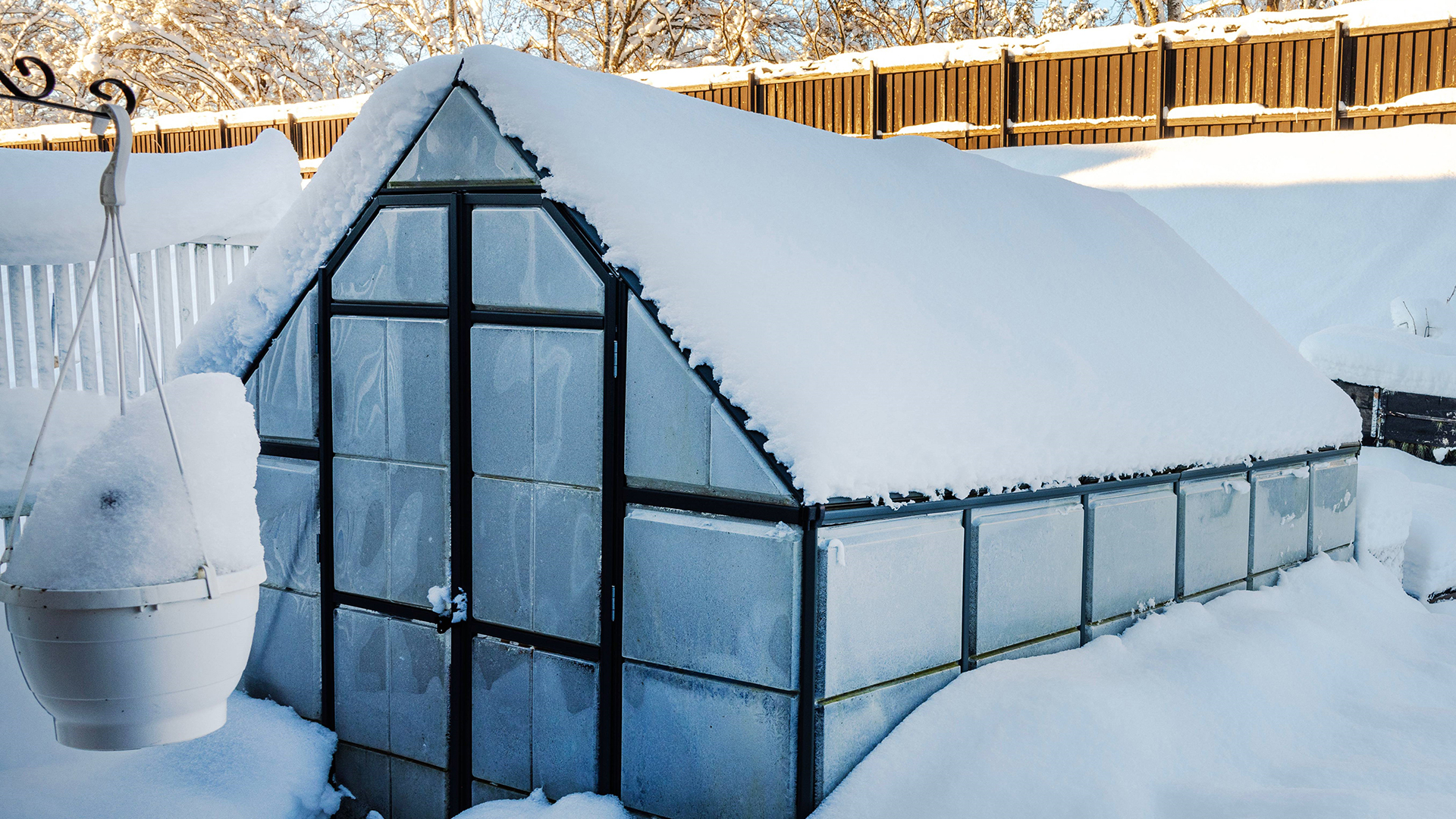
9. Clean and Dust the Leaves for Optimal Photosynthesis
Dust that accumulates on plant leaves can act as a barrier, blocking light and reducing the plant's ability to carry out photosynthesis effectively. Photosynthesis is the process by which plants convert light energy into chemical energy, producing oxygen and glucose, which are essential for their growth and survival.
To keep your plants healthy and vibrant, use a soft, damp cloth to gently wipe the leaves of your indoor plants. Start from the base of the leaf and work your way up to the tip, being careful not to damage the delicate leaf surface. For plants with fuzzy or hairy leaves, use a soft-bristled brush to remove the dust. This simple task can make a significant difference in the overall health and appearance of your plants, allowing them to absorb more light and carry out photosynthesis more efficiently.
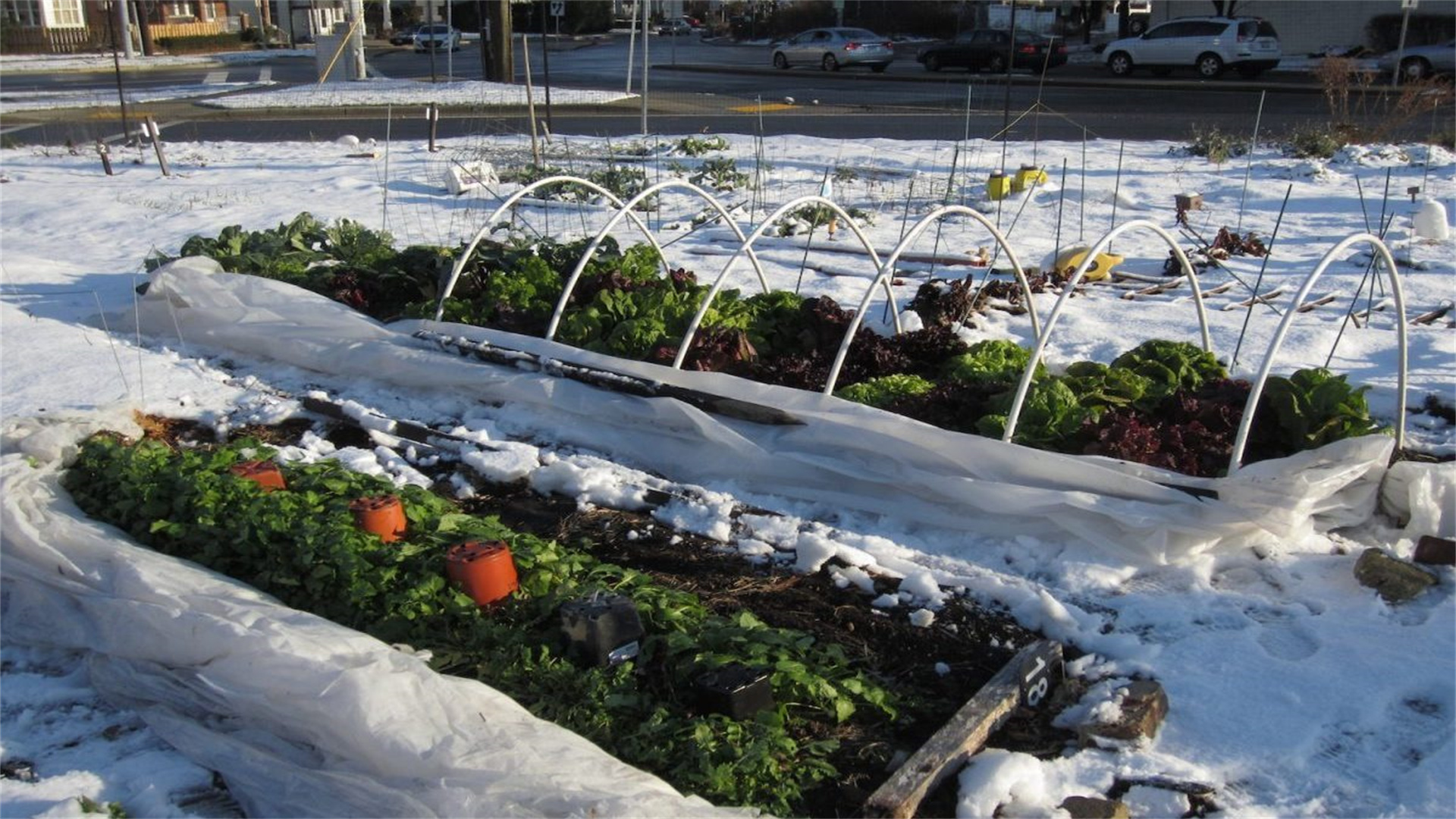
10. Limit Fertilization to Avoid Winter Stress
Most plants enter a dormant phase during winter, which means their metabolic rate slows down, and they require fewer nutrients. Fertilizing during this time can put unnecessary stress on your plants, as they are not actively growing and may not be able to utilize the nutrients effectively.
As a result, you should cut back on fertilizer or stop feeding your plants altogether until spring arrives. Over-fertilizing in winter can lead to nutrient imbalances, causing problems such as salt buildup in the soil, which can damage the roots. If you feel the need to fertilize, use a diluted, balanced fertilizer at half the recommended strength and apply it less frequently than you would during the growing season.
Winter can indeed be a challenging period for plants, but with the right approach and care, you can help them stay healthy and ready to burst into life when spring arrives. By customizing your care to meet the specific needs of each plant, protecting them from frost, and adjusting your routine to suit the season, your plants will emerge from winter stronger and more vibrant than ever.
Don't wait any longer—take these simple yet effective steps today to ensure that your plants not only survive the winter but also thrive well into the next growing season. Your green companions will undoubtedly appreciate your efforts, rewarding you with lush foliage, vibrant blooms, and a sense of accomplishment that comes from nurturing life through the coldest of seasons.






